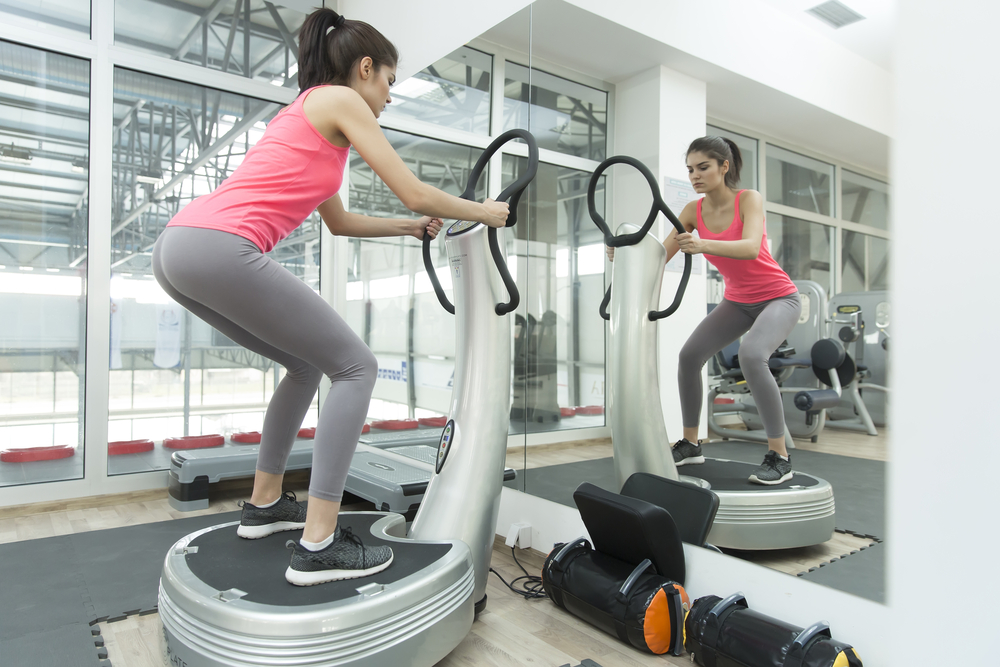Training with Whole-body Vibration Device May Benefit PAH Patients, Trial Shows

Training with an oscillatory whole-body vibration (WBV) device may improve the exercise capacity, physical performance and quality of life of patients with pulmonary arterial hypertension (PAH), according to results of a new trial.
The findings were published in an article titled “Oscillatory Whole-Body Vibration Improves Exercise Capacity And Physical Performance In Pulmonary Arterial Hypertension: A Randomised Clinical Study” in the journal Heart.
“Oscillatory whole-body vibration (WBV) is a novel exercise modality, which is performed on a vibrating platform that moves in sinusoidal oscillations, and during which static and dynamic exercises can be performed,” researchers wrote. “Rapid movements of the platform lead to muscle spindle reflexes, which result in reflectory contraction of muscle groups and thus promote gain of muscle strength and power.”
In WBV training, the body maintains specific positions, or bears weight, on a platform vibrating at frequencies between 5-50 Hz. Either exercise mode requires using muscles to overcome the vibration.
WBV devices have been tested in patients with chronic diseases such as cystic fibrosis (CF), multiple sclerosis (MS), and chronic obstructive pulmonary disease (COPD), but whether it could benefit PAH patients was unknown.
The GALILEO-PAH trial (NCT01763112) covered 22 patients who had been on stable targeted therapy for at least three months and whose six-minute walking distance (6MWD) performance — a measure of exercise capacity — was between 50 and 500 meters. Patients were randomized so that some received 16 one-hour WBV sessions and some constituted a control group. Patients in the control group received WBV in a second phase of the trial.
Several measures were used to assess patients during a two-month follow-up, including 6MWD, cardiopulmonary exercise testing (CPET), echocardiography, muscle-power testing, and health-related quality of life questionnaires (SF-36 and LPH).
Patients using WBV significantly improved their 6MWD performance — adding 39.7 meters — compared with control patients. The treatment also led to substantial improvements in CPET variables, muscle-power scores, and health-related quality of life scores.
An analysis of all 22 patients showed they after WBV treatment they displayed significant improvements in 6MWD: +38.6 meters; peakVO2, or rate of oxygen consumed during exercise: +65.7 mL/min; anaerobic threshold: +40.9 mL VO2/min: muscle-power scores: +4.4%; and health-related quality of life scores: SF-36 +9.7, LPH −11.5 points.
WBV was well-tolerated, and no patient reported an adverse event related to the procedure.
“This randomized, controlled pilot intervention study shows that WBV is well tolerated in stable PAH patients and provides significant benefit on exercise capacity, physical performance and [health-related quality of life], when provided in addition to targeted PAH therapies,” the researchers said. “These benefits warrant further controlled studies to assess the value of WBV as supplementary therapy for an extended population of PAH patients.”
“Potentially, WBV may be included in structured training and rehabilitation concepts, and may be further utilized for continuous long-term, home-based physical exercise in these patients,” the researchers said.







